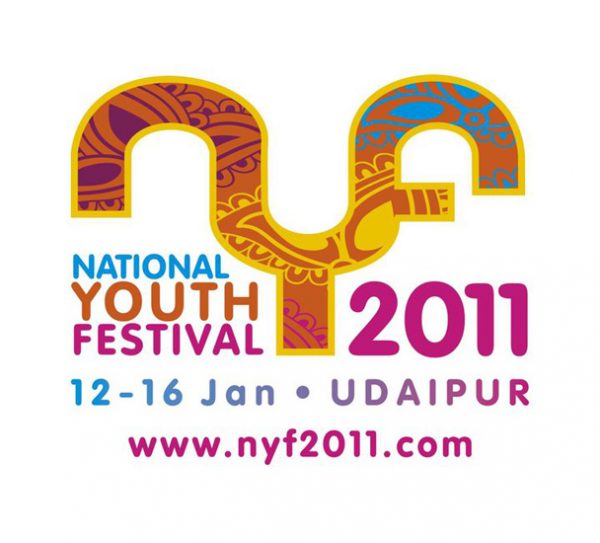Posted inSocial
Cycle Yatra: A trip to our roots of Culture and Nature
THE SWAPATHGAMI CYCLE YATRA LEFT UDAIPUR ON JAN 9, 2011. They will return on the 13th. There were 17 yatris from Rajasthan, MP, Maharashtra, Delhi, Mysore, Gujarat, UP. Many were…
